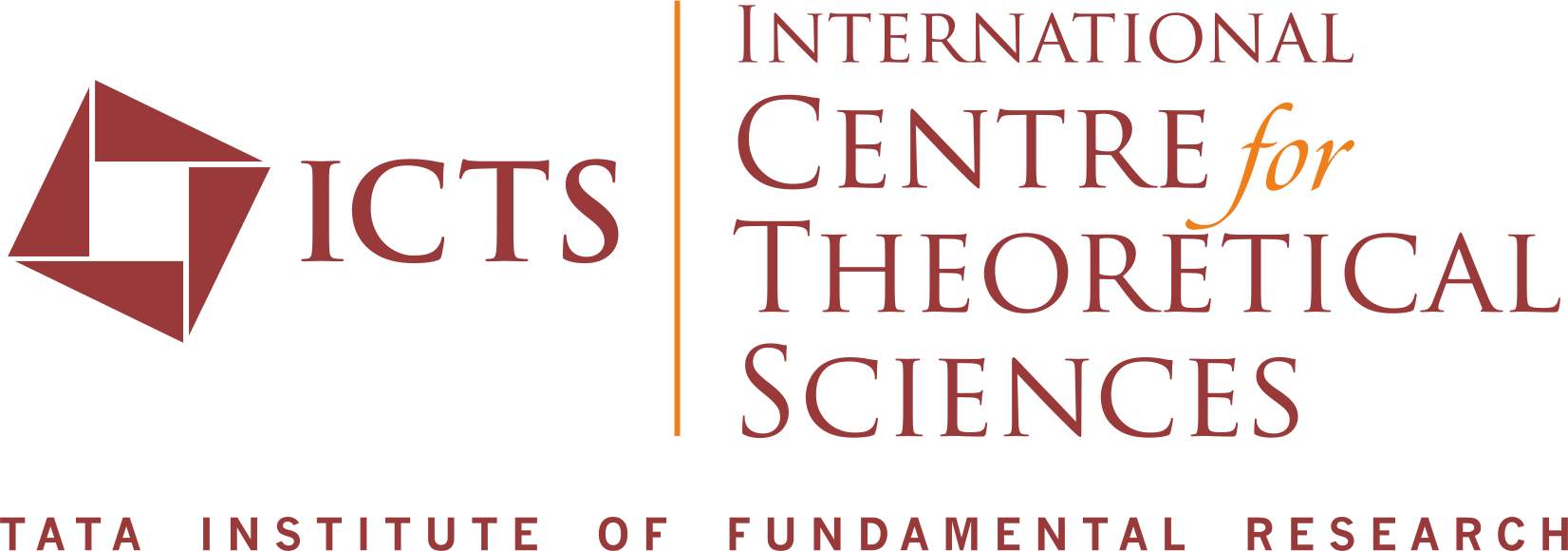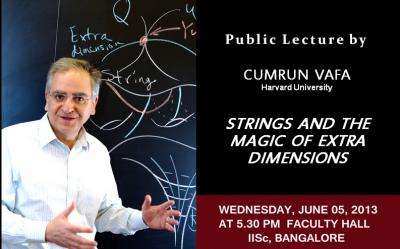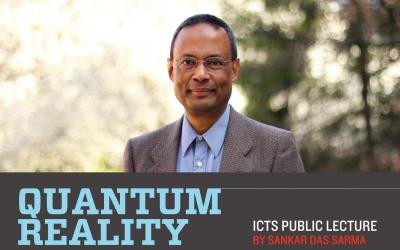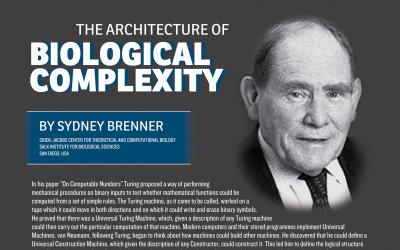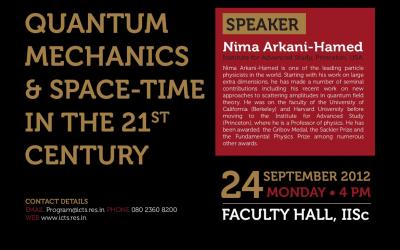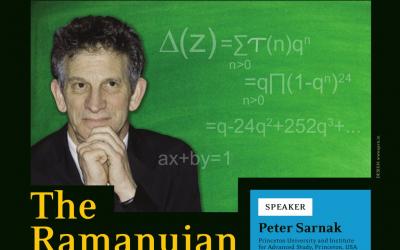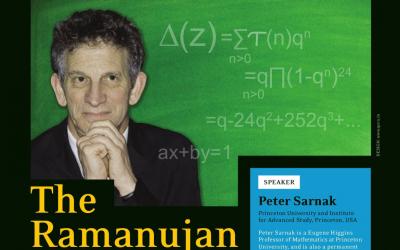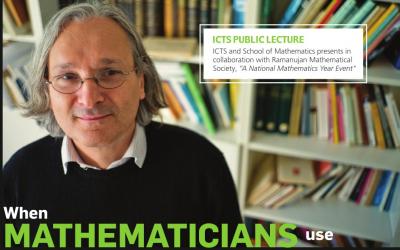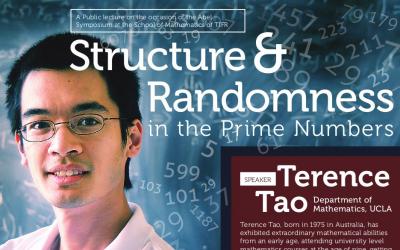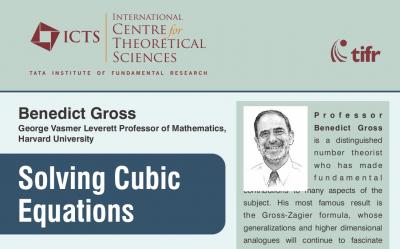Cumrun Vafa (Harvard University, MA)
05 June 2013, 17:30 to 18:30
Faculty Hall, IISc, Bangalore
The extra dimensions of string theory which were originally viewed as a source of embarrassment for the theory, have proven to be instrumental in resolving a number of puzzles associated with 3+1 dimensional physics. I discuss examples of this in the context of black holes, gauge theory and...more
